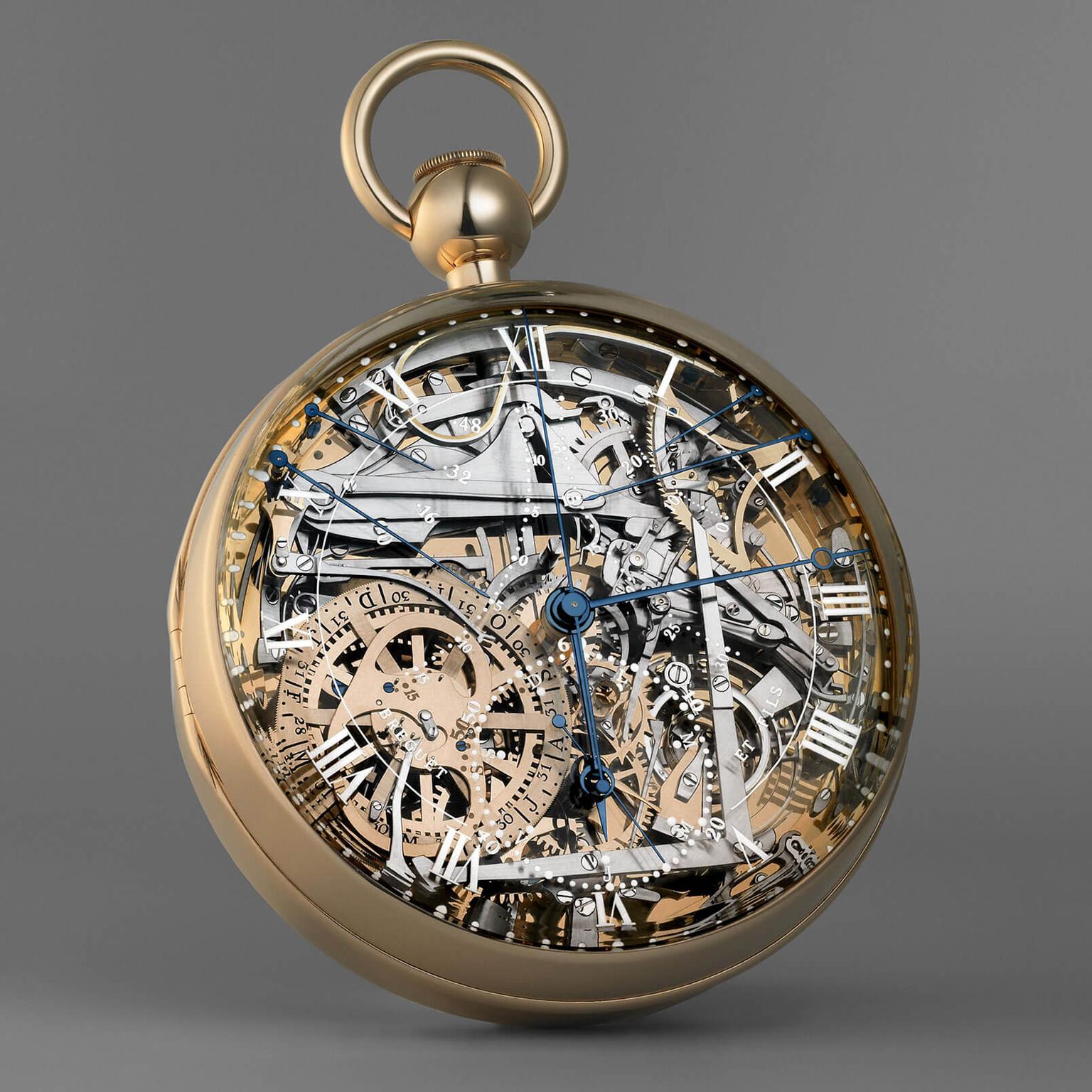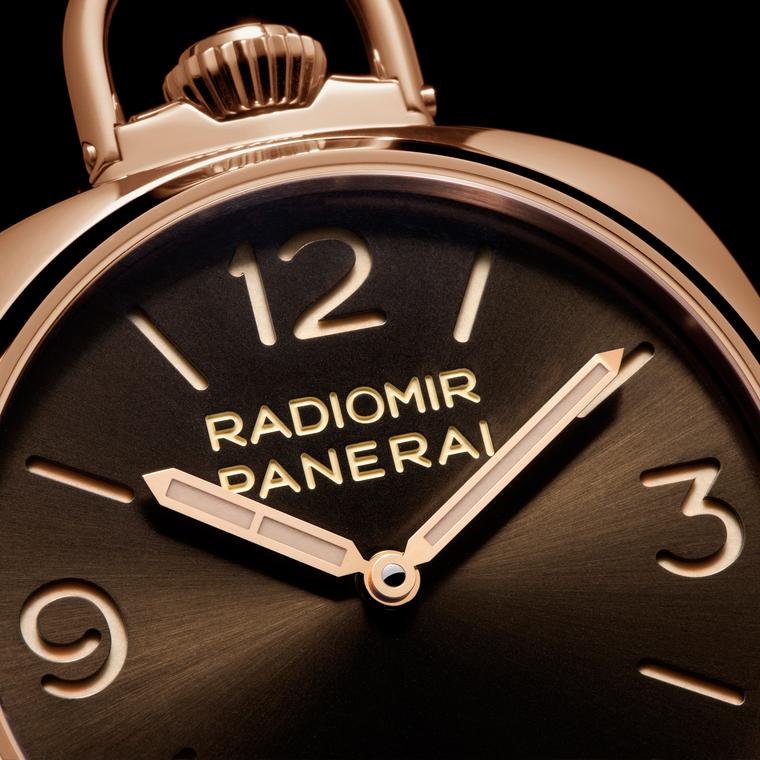
What do Elizabeth I and Marie Antoinette have in common? In addition to their royal lineage, they were all trend-setting style queens with a passion for watches. And while horology is generally considered a male pursuit, a quick glance down the last four centuries of watchmaking reveals that women have been as pivotal in the evolution of watch design as men. Worn on the body as a brooch or necklace, around the waist on a chatelaine, on the wrist and even on the finger, women’s watches are miniature capsules of history that tell us as much about the style of the age as they told the time.

Thanks to technological advances like the invention of the mainspring in the 1520s, horologists in Europe managed to miniaturise the components of a clunky clock’s movement to create miniature portable clocks. This huge technological breakthrough effectively took time-telling from the public domain – in the form of tower clocks and sundials – to the private chambers of the most affluent members of society. Packed with the latest technology, these mini clocks would in essence become the first wearables in watch design history and a favourite among European royalty and aristocracy.
Elizabeth I is reputed to have received a jewelled arm watch in 1571 from Robert Dudley, the Earl of Leicester, with a secret clock hidden under a “faire lozengie djamond without a foyle”. Even more extravagant, however, was Elizabeth I’s tiny ring watch, which worked like a miniature alarm clock and at the set time would deploy a small prong to scratch her finger to remind her of a pressing diplomatic issue – or a rendezvous with Dudley perhaps?

As the style icon and trendsetter of her day, Queen Maria Antoinette of France wanted a pocket watch that would eclipse any other creation on Earth. What queens want, queens get, and the leading watchmaker of the day, Abraham Louis Breguet, was commissioned in 1783 to work his magic. His most famous creation – known as pocket watch no. 160 – housed a minute repeater, perpetual calendar, equation of time, power reserve indicator and even a thermometer in its miniature movement. Sadly, the queen lost her head in 1793 and Breguet died four years before the watch was completed by his son in 1827.
Another French royal, Caroline Bonaparte, Queen of Naples and sister of Napoleon I, also commissioned Breguet in 1810 to create a watch she could wear on her wrist. Breguet placed an oval-shaped case with a repeater movement on a bracelet of human hair – as was the mode du jour – intertwined with gold thread.

Meanwhile, in Geneva, a certain Madame Goscinska would become Patek Philippe’s first official client, buying three watches from the brand in 1839. Enamelling was the brand’s forte, and miniature scenes that would appeal to women were gaining popularity in all corners of the globe, including Queen Victoria, who fell for a powder-blue pocket watch decorated with a floral motif of rose-cut diamonds in 1851, which she wore as a pendant.
When the Comtesse Koscowicz of Hungary, another forward-thinking lady of leisure, commissioned a watch from Patek Philippe in 1868, the fashion for wearing watches on the wrist as opposed to on the body began to catch on.
Firmly entrenched in the feminine domain and shunned by men as trinkets, wristwatches, wristlets and watch bracelets were dressed up in the most glamorous guises, with bejewelled models emerging from the workshops of big name houses such as Cartier and Van Cleef & Arpels. Watches were jewellery and vice versa, and a proliferation of styles matched the zeitgeist of the day, with fanciful geometry and sleek styling marking models produced during the Art Deco period.
Ornamentation gave way to practicality, with the two great wars and women’s changing role in society. Gallet & Co, a leading Swiss watchmaker of the day, responded to the situation by producing the 26.6mm Multichron Petite chronograph watch in 1939, designed exclusively for enlisted and professional women – the smallest wrist chronograph manufactured to date.
Following WWII, a wave of optimism swept across American and Europe, and women could once again indulge in luxury. The glamour of the Hollywood era sparked a yearning for high jewellery watches, including the return of secret watches, ideal companions for the mandatory cocktail hour.

Thanks to progress in the downsizing of mechanical watch movements, the trend for tiny watches took off big time. Jaeger-LeCoultre’s legendary calibre 101 takes all prizes in this department with the teeny tiny mechanical movement weighing just under one gram. Still in production today, it holds the record as the world’s smallest mechanical movement. On her coronation in 1953, Queen Elizabeth II wore a watch fitted with the diminutive 101 calibre.
The Swinging Sixties injected its groove into the evolution of watch design, and Piaget’s irreverent combinations of bold natural stone dials, yellow gold mesh bracelets and diamonds caught the zeitgeist of the decade to perfection.
Electronic quartz technology of the early 1970s opened a door to unprecedented accuracy and more cost-efficient watches but put a serious dent in Switzerland’s traditional mechanical watch market. Some of the more consolidated brands bravely resisted the invasion and defended their corner of the market with bold proposals that are in still in vogue today, like Audemars PIguet’s iconic Royal Oak watch or Patek Philippe’s Nautilus model. With their masculine profiles, these iconic watches for women spoke to emancipated ladies who valued functionality, legibility and reliability and made a powerful statement.
The power-dressing women of the 1980s required a watch to match their status and the flashier-the-better attitude prevailed throughout the noughties. The recession of 2008 signalled a return to more constrained watch designs for women, and today the lines between men’s and watches are blurring, confirming a trend for unisex watches that appeal to both sexes.
From royal commissions to the present-day and women like Carole Forestier, head of movement creation at Cartier, Sandrine Stern, head of design at Patek Philippe, and DeLaneau watches, Geneva’s exclusive bespoke watch service for women by women, it is fair to say that horology is one of the few industries that has truly understood what women really want.

















